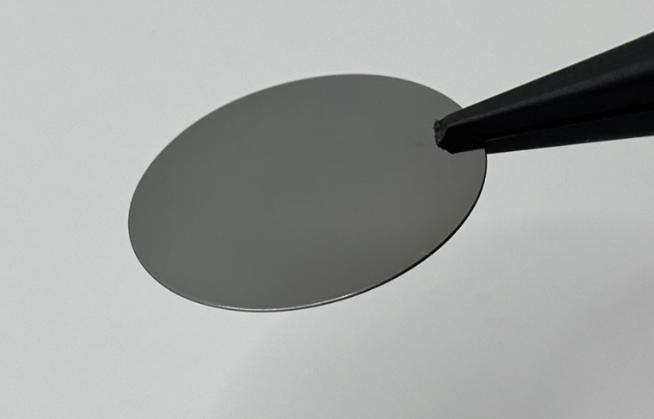Archer Materials Limited (“Archer”), a quantum technology company developing advanced semiconductor chips for quantum technology and medical diagnostics, is pleased to provide an update on the Company’s quantum technology development.
 Image Credit: Archer Materials Limited
Image Credit: Archer Materials Limited
The Company has made further progress in developing its carbon-based qubit technology, following its earlier milestone of achieving on-chip electrical detection of magnetic resonance (EDMR) (ASX announcement 3 Jul 2025). That earlier achievement provided a clear readout method for the Company’s qubits and demonstrated the potential of its material platform for highly sensitive quantum sensing and computing applications.
The EDMR result showed that quantum spin states in Archer’s carbon qubit material can be electrically detected on a chip. This opened the way for smaller, more scalable devices that are easier to manufacture than traditional diamond-based optical systems. It also aligned the technology with standard semiconductor fabrication methods, making future integration with commercial chips more practical.
The latest engineering work continues this momentum. Archer has completed several design and fabrication cycles to refine its gating and single-electron transistor (SET) architectures in carbon film. The Archer team has achieved reproducible device performance, which is critical for controlling charge and spin at the nanoscale and advancing toward operational qubits.
In parallel, Archer’s collaboration with Queen Mary University of London is moving forward on spin state identification with initial results showing gating on Archer’s carbon films. Similarly to the EDMR, this result is key for qubit operation and readout. This work aims to confirm and characterize the quantum behavior needed for qubit operation and deliver on key milestones for 2025 on the roadmap to qubit demonstration in 2026. Data expected later this year will support the next major technical milestone and deepen the scientific foundation for Archer’s technology.
Furthermore, Archer has successfully scaled the synthesis of its carbon-based quantum material to a 1-inch silicon wafer and achieved electron spin lifetimes exceeding 0.4 microseconds at room temperature. This wafer-scale result represents a major step toward practical scalability. It demonstrates uniform material quality across the wafer and the potential for CMOS-compatible integration. This development reinforces Archer’s carbon-film platform as a clear technology advantage, overcoming the limitations of current approaches such as SQUID and NV-diamond for sensing, as well as other qubit platforms for computing.
These achievements show a clear and deliberate progression. The EDMR breakthrough provided the foundation for spin detection. Wafer-scale material growth, reproducible device engineering, and spin-state characterization together position Archer to demonstrate functional qubits and high-performance quantum sensors. This work strengthens the company’s position in developing scalable quantum devices that can operate at room temperature.
Photograph of a 1 inch silicon wafer with a layer of Archer’s quantum carbon film on the surface. Quantum devices are fabricated in this film using conventional semiconductor processes allowing seamless integration with semiconductor integrated circuits.
Commenting on the quantum technology progress, Dr Simon Ruffell, CEO of Archer, said,
“Progress on these key 2025 milestones furthers Archer's technical leadership in developing world-leading quantum technology.
This is a significant technical step that strengthens the foundation of our quantum technology strategy. Demonstrating EDMR, achieving reproducible device performance of single electron devices, and scaling to wafer level with room temperature spin lifetimes shows real progress toward practical, scalable quantum devices.
For our investors, this means Archer is advancing a pathway to commercial quantum technology that is simpler, more integrated, and strategically positioned in a global growth market”